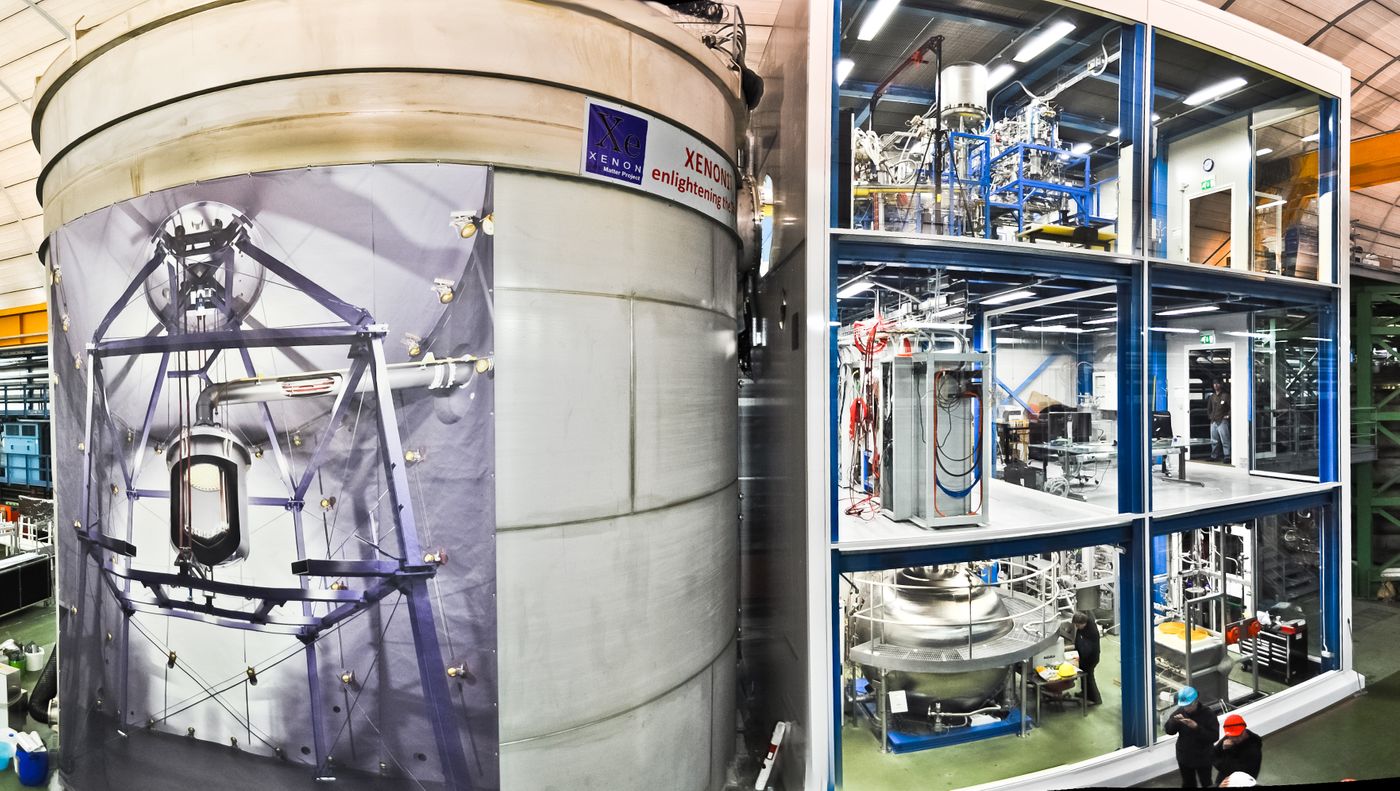XENON1T Physicists May Have Directly Detected Dark Energy
In what could be a revolutionary discovery, a team of physicists from the XENON Collaboration may have detected dark energy particles for the first time. The finding is based on results produced by the XENON1T detector, located in a deep underground lab in Italy, during an experiment originally meant to search for particles of dark matter, not dark energy. A separate research team, led by physicists from Cambridge and including scientists from all over the world, published a study analyzing some the Collaboration's findings in in the journal Physical Review D last month. While the research team that produced the central study of this article is a separate team to the researchers working at the XENON Collaboration and with the XENON1T detector, a releveant XENON Collaboration study on the experiment can be found here.
Dark energy and dark matter are called dark because they are ordinarily unobservable. Despite this, it is believed that they make up the vast majority of stuff in our universe. Under the most widely accepted frameworks of modern physics, that matter and energy we can see and feel – that makes up you, me, the Earth, and the Sun – accounts for less than 5% of the total substance of the universe. Dark matter constitutes more than a quarter and dark energy the remaining two-thirds. Dark matter is what makes up for the lack of gravity in our galaxies, keeping them all together, and dark energy explains the accelerating expanding of the universe.
The ability to detect particles of the dark variety (matter or energy) will experimentally verify long-standing predictions from theoretical physics and provide us a jumping off point to explore exciting new science. The results found by XENON1T, which looks for dark matter particles by creating a set of circumstances in which they are most likely to interact with ordinary matter (like atoms of the element Xenon), are intriguing but need to be verified by future study because “these sorts of excesses are often flukes…” according to study co-author Dr. Luca Visnelli of Italy’s Frascati National Laboratories, in a press release by the University of Cambridge. With other researchers working on the same issue, and continual upgrades at XENON1T, this verification could happen “within the next decade.” And there might be good reason to hope for confirmed detection of dark particles that soon: after all, Visnelli concludes “once in a while [flukes] can also lead to fundamental discoveries.”
Source: Physical Review D (Main study); Physical Review D (XENON study); University of Cambridge
Banner Image Source: NASA and STScI
Article Image Source: The XENON Collaboration









